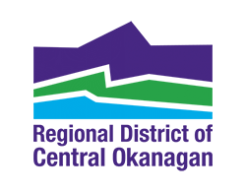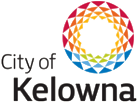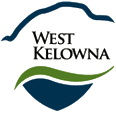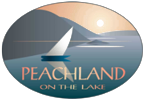Sustainable Transportation Partnership of the Central Okanagan

The Sustainable Transportation Partnership of the Central Okanagan (STPCO) is a formal partnership of the City of Kelowna, City of West Kelowna, Districts of Lake Country and Peachland, Westbank First Nation and the Regional District of Central Okanagan. The organization coordinates the regional delivery of sustainable transportation programs and projects in support of common regional policy, plans and interests (economic, social and environmental). The STPCO also provides a formal forum for discussion amongst elected officials, senior and technical staff, as well as stakeholders and the general public.
A Regional Transportation Plan (RTP) is proposed to tie together various elements and conflicting issues to create a consolidated, balanced and equitable strategy. Essentially, this Plan will be the blueprint that describes the ideal regional transportation outcome for the Central Okanagan, while supporting the local sustainable transportation needs reflected in all of the STPCO member policies and partnering stakeholders.
Learn more about Regional Transportation Plan
Transportation impacts many areas of our region and is a vital component to the economic competitiveness and overall livability and future of the Central Okanagan.
Contact us
info@stpco.ca
Integrated Transportation Department, Kelowna City Hall
1435 Water Street
Kelowna, BC
V1Y 1J4
The partnership is overseen politically by the Local Government Advisory Board, consisting of the Mayors, Chief (WFN) and Chair (RDCO) of the partnering local governments. A CAO Committee provides administrative oversight to ensure work plans, budgets, and resources are effectively rolled-out and used. A number of Standing Committees, comprising of staff from each of the partners, provides advice and support on tasks specific to projects or issues that arise.The STPCO partners are:
To support sustainability, Kelowna will:
Design transportation routes to prioritize investment in transit, pedestrian and bicycle infrastructure in order to increase mobility choices for residents and minimize the use of single occupancy vehicles – one of the largest producers of greenhouse gases.
“Getting around Lake Country in safe and enjoyable ways”
The District of Lake Country's Transportation for Tomorrow Plan presents an affordable solution for the implementation and sustainability of the District’s transportation vision, focusing on roadway infrastructure and its importance for not only vehicles but pedestrians, cyclists, accessibility and transit users alike. It consists of a two-phase project:
Integrated Transportation Framework, which identifies the District roads which are experiencing accelerated deterioration; and
Transportation for Tomorrow, which identifies a realistic program focused on long term solutions founded on principles of sustainability.
The City of West Kelowna places a high priority on transportation infrastructure.
The municipality takes a multimodal approach to account for the needs of automobiles, transit, pedestrians and cyclists, when planning maintenance and improvements to the transportation network.
As per the WFN Community Plan
Transportation options and adequate services provide a mobile and fiscally responsible community, and as such WFN will:
- Strive to increase public transit ridership levels and transit service to move people within the reserves and throughout the region.
- Give priority to development in areas where major infrastructure services, transportation systems and public amenities are already present and can effectively meet additional demand created by development, or where those services or systems can be provided in a timely and cost-effective manner.
- Coordinate plans and services for orderly and cost-effective development.
- Improve the road network to move people and goods more effectively, and support the development pattern of businesses, workplace centres, and neighbourhoods.
- Provide safe alternatives to car travel such as cycling, walking routes and better transit service.
- Encourage the development of a local road network on Westbank First Nation Lands.
Our Mission is to provide our taxpayers, residents and businesses with affordable quality services and to keep them apprised of and engaged in District affairs by conducting ourselves in a transparent way. http://www.peachland.ca/transportation
“The Regional District of Central Okanagan will provide effective and efficient services that meet the needs of our citizens, in a manner that nurtures growth, opportunities, and prosperity while maintaining and enhancing the unique Central Okanagan lifestyle and environment.”
The Regional Growth Strategy identifies the importance of aligning effective and efficient region-wide transportation planning with land use and development throughout the Central Okanagan.
The Regional Board has unanimously endorsed the Sustainable Transportation Partnership, which is an important collaborative planning effort on the part of all local governments in the Central Okanagan for regional transportation and related programs and initiatives.






